How to iron a jacket correctly?

Any thing before wearing, especially strongly wrinkled, should be ironed with an iron so that it looks neat. In the case of a jacket, this is especially important, since such clothes are mainly used for work, formal events or social events. For proper ironing, there are certain rules that will not spoil this beautiful piece of clothing.
Site preparation
In order to iron a thing and not spoil it, you will need:
- ironing board with a narrow nozzle;
- an iron with a steamer (all modern models have this function);
- cotton or gauze cloth;
- spray bottle filled with water.
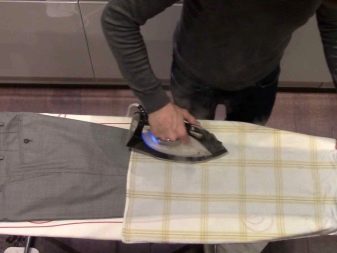
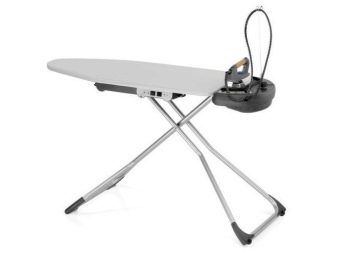
It is not recommended to try to iron a thing on a table covered with a towel or similar fabrics, as there is a danger of ruining it or not achieving the desired ironing result. The workplace should be well lit and the cord should not interfere with the movement of the iron. When ironing clothes with the right hand, the rounded end of the ironing board should be on the left; when using the left hand, it should be on the right.

Jacket preparation
In order to iron a thing and not spoil it, you will need:
- ironing board with a narrow nozzle;
- an iron with a steamer (all modern models have this function);
- cotton or gauze cloth;
- spray bottle filled with water.
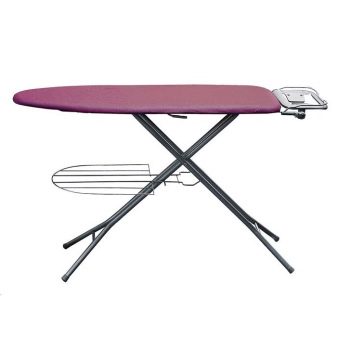
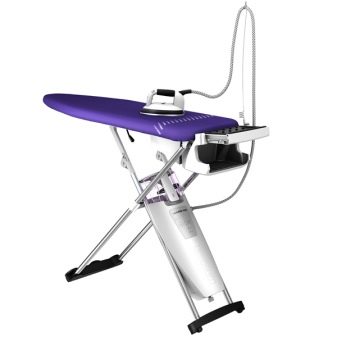
All foreign objects must be removed from the jacket pockets. It is important to know that you should not iron a thing if it is dusty or stained with something. Clothes should be ironed immediately after they are washed.
If the jacket has been stored in the closet for a long time, it will probably be dusty, but not enough to wash it again. You can knock out the item on the street or clean it with a slightly damp brush.
The jacket should be checked for holes, puffs and other damage, and then carefully examine the label to familiarize yourself with the rules for ironing this particular type of fabric.

Step-by-step instruction
The ironing of the jacket is done in a specific order so as not to ruin the clothes.
- Pockets. They need to be turned out and ironed through a damp cloth or gauze, then returned to their normal state and ironed out already tucked in.
- Sleeves and shoulder seams. This moment of ironing is considered the most difficult, because the sleeves should be without arrows. These parts of clothing should be steamed. You can tidy up these elements of the jacket only when using an iron. If not available, a rolled towel will do. It or an iron is inserted into each sleeve and placed under the "shoulders", after which this section of the jacket is ironed through gauze.
- Ripples, shelf and back. First, all this is ironed from the inside out, after which it is turned back and processed with steam through a cloth moistened with water.
- Collar and lapels. Iron on from the outside. The fabric in the corners should be slightly pulled with the nose of the iron.

You should know such a moment: if the jacket is wrinkled, then when ironing, they use not only damp gauze, but also abundantly wet the fabric of the clothes itself - this way it is easier to bring the thing into a beautiful, pristine look.
Without gauze or the use of additional fabric, the thing can only be ironed from the inside out at a low temperature. However, it is best to use a cloth to avoid damaging the material.
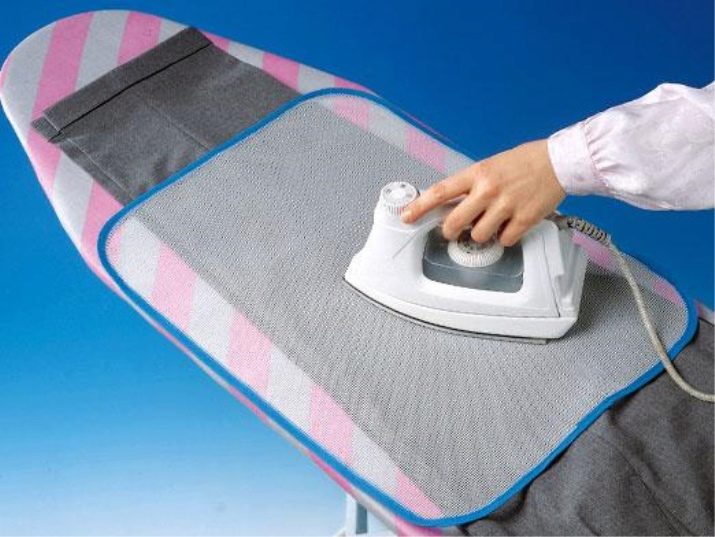
Peculiarities
All materials require a different approach. For high-quality care of a thing, it is worth taking into account the peculiarities of the fabric and recommendations for ironing and steaming them.
- Leather jackets. It is better not to iron leather clothes. If the leather jacket is wrinkled, then you can simply hang it on a hanger of the required size and wait a few days until the folds and creases disperse by themselves. You can also hold the jacket over a container of hot water for 20 minutes. In the event that these options do not help, a leather product can be ironed with a weakly heated iron, but only from the side of the lining.

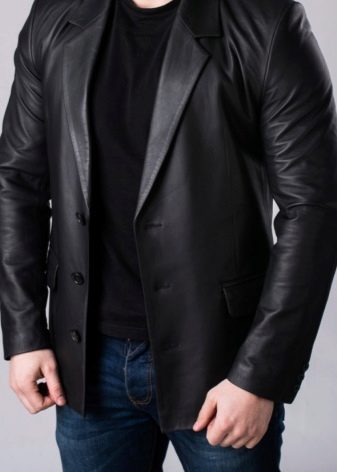
- Linen jacket. These jackets, as a rule, do not have a lining, so they are ironed on each side and with steam. It is worth remembering that flax is a material that wrinkles extremely easily. It is almost impossible to smooth it to an ideal state, so slight folds on it are quite acceptable.

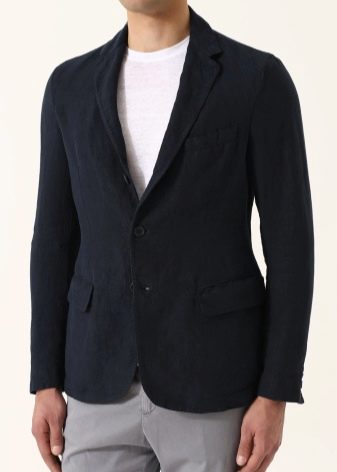
- Cotton. This material tolerates high temperatures well, but in order for it to be well ironed, it is worth wetting the gauze before work and soaking the product itself well with moisture.
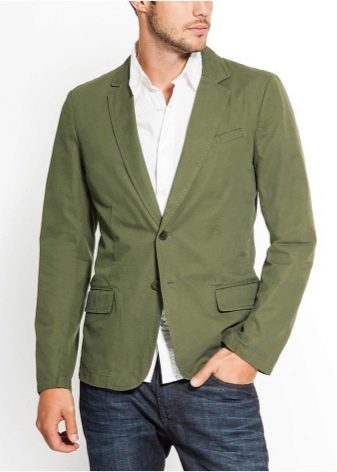
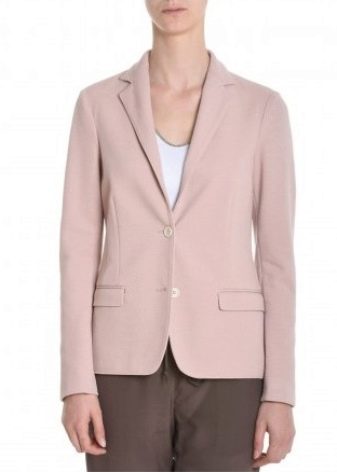
- Silk. This fabric is of natural origin, so ironing is not recommended in most cases. Synthetic materials should be ironed at the lowest soleplate temperature.
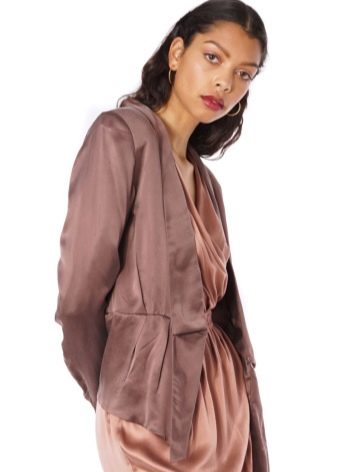

- Woolen. Wool is ironed at a low temperature, while the iron should not be pressed tightly to the clothes, otherwise shiny areas will remain on it, spoiling the look. By the end of the work, the jacket should be only slightly wet or completely dry - incomplete drying can lead to shrinkage of the fabric. If the item has sat down after washing, then it can be stretched during the smoothing process.
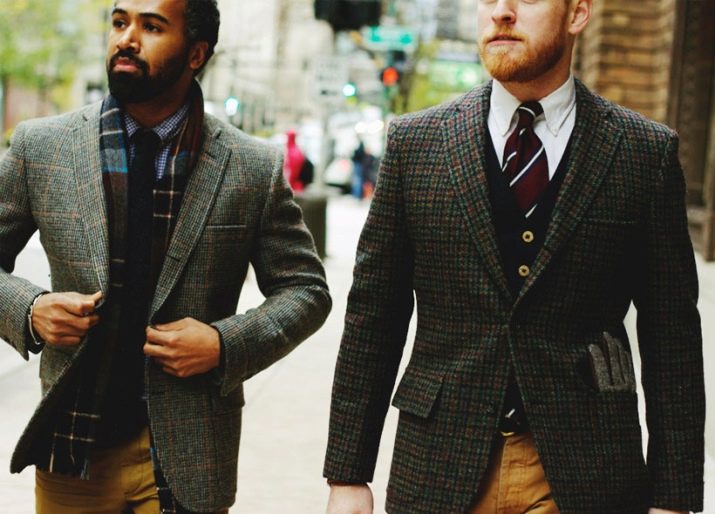
- Corduroy. It is better to iron such fabrics without a steamer, from the wrong side, placing the front soft cloth. If the jacket still needs to be ironed from the outside, then the iron is moved exclusively in the direction of the pile.
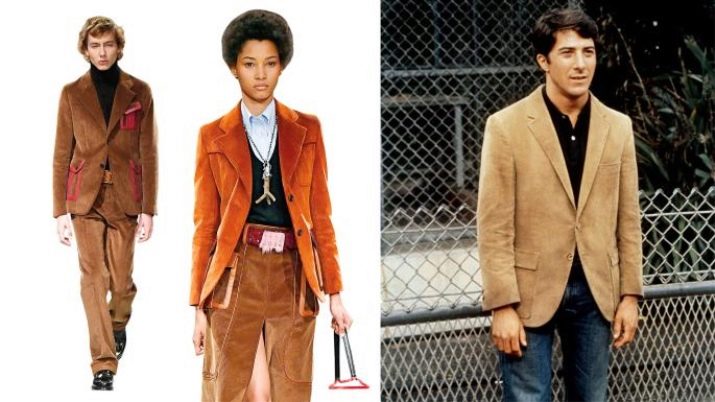
- Synthetic jacket. Since this material is of artificial origin, it is extremely difficult to crush it. If wrinkles appear, they can be easily removed with a slightly warmed iron without using a steamer.


How to iron and steam a children's jacket correctly?
Jackets for children, which are usually school uniforms, are made of mixed fabrics, so when ironing them, the iron should not be heated to more than 150 degrees. To avoid the shine of the material after ironing, gauze or thin cotton napkins are used during work. The pockets, collar and lapels of the jacket are not ironed - it is better to process them with the help of steaming.

Bubbles may appear on the clothes after ironing, for example on the sleeves. Then they are straightened, put on the convex places with a wet cloth and ironed until the irregularities disappear.
What if there is no iron?
Sometimes there are situations when you urgently need to iron your jacket, but there is no iron at hand. Such an event is not uncommon on business trips, when a jacket, for example, lay folded in a bag for a long time. But it can be steamed at home.
In this case, you can resort to the following instructions:
- pour hot water over the bathtub and close the door tightly so that the room is filled with steam;
- take a hanger of a suitable size and hang a jacket on them, straightening all the folds on it;
- leave the item in the bathroom for 20-25 minutes;
- after the designated time, hang the jacket out to dry in the room or in the fresh air, without removing it from the hanger.
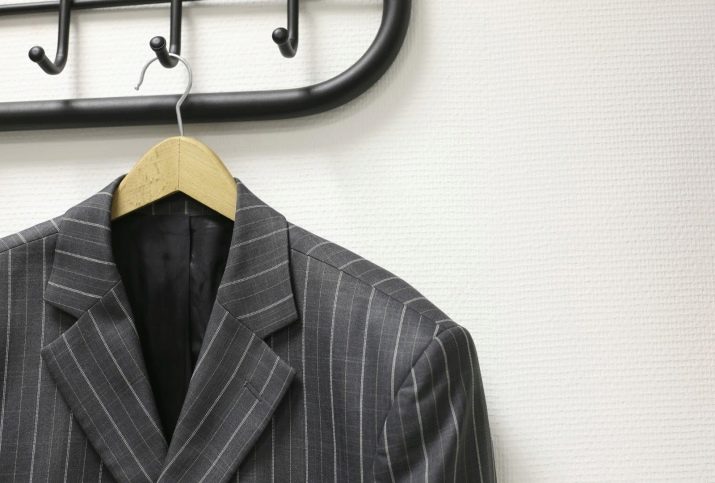
It is worth using clothes only when they are completely dry, otherwise the thing will wrinkle even more.
These tips will help your clothes look beautiful even without an iron.
If you follow all the simple rules of ironing and follow the instructions, while looking at the information on the tags, then the jacket will be in good shape for a long time. However, if you are not sure that when you work with clothes yourself, the fabric or elements of the jacket will not be damaged, it is better not to risk it and take your clothes to dry cleaning.
For information on how to iron a jacket, see the video below.








